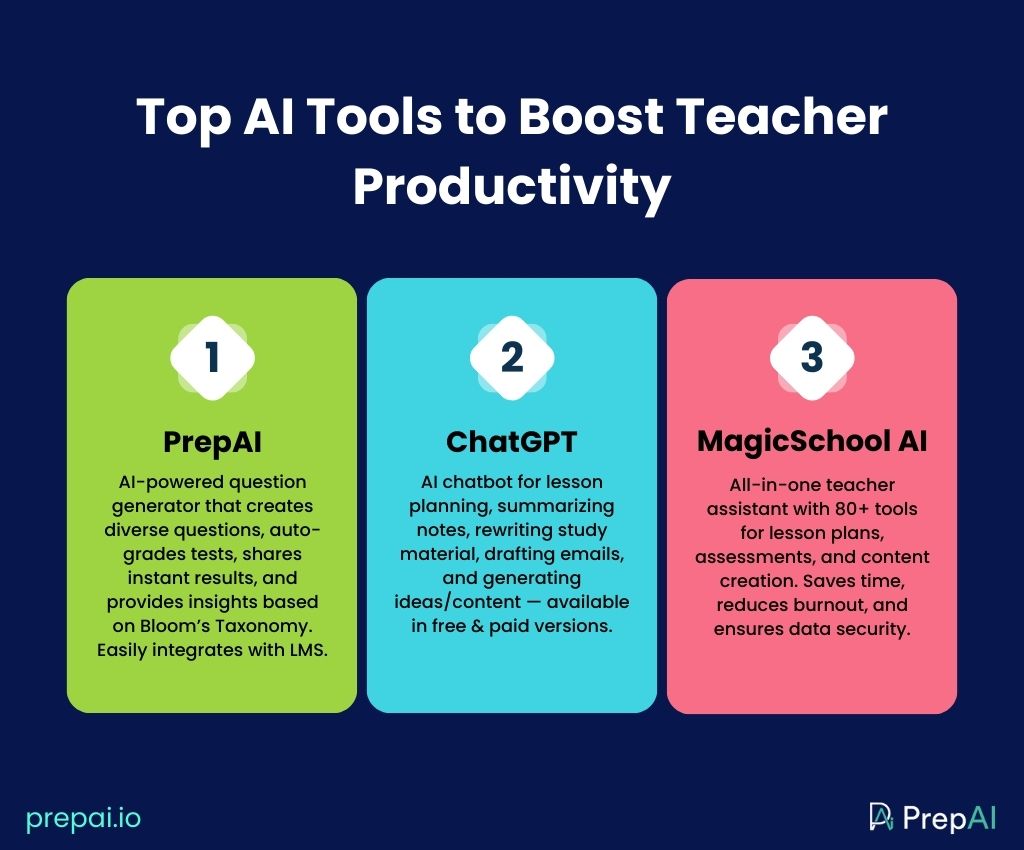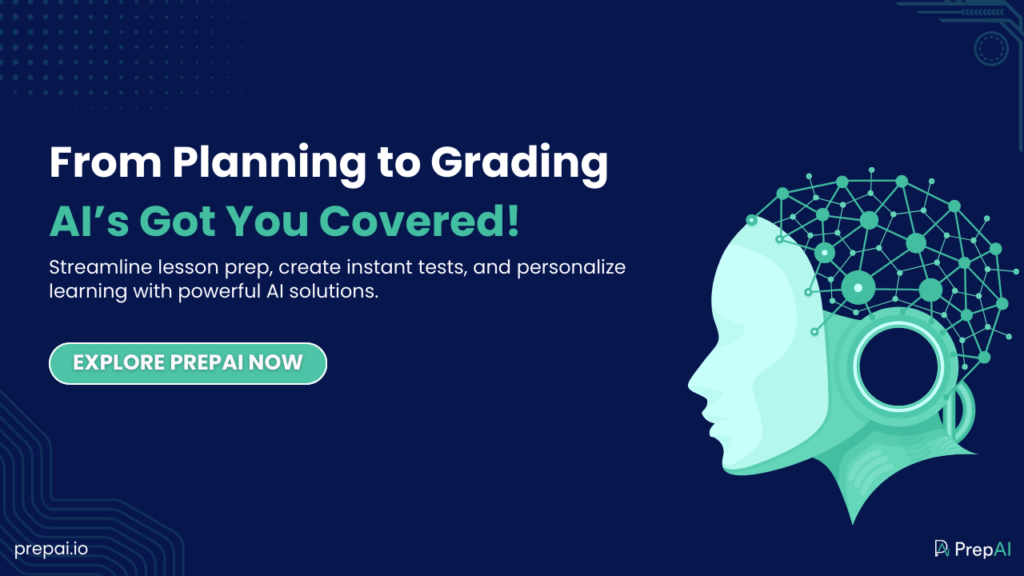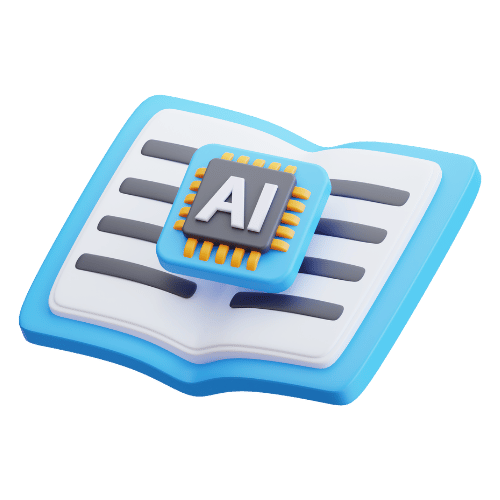Artificial intelligence-powered EdTech tools have many benefits and play a vital role in transforming education. Here, we’ll discuss the survey report discussing teacher productivity with AI and how to scale it effectively in real-time.
The African continent has much to gain from new technologies, such as artificial intelligence and machine learning. According to the Leading, Not Lagging: Africa’s Gen AI Opportunity Report by McKinsey, AI can unlock up to $100 billion annually to transform the African economy. It shows that around 40% of African institutions have adopted AI, though it’s clear that this is just a beginning.
Countries like South Africa, Rwanda, and Kenya are proactively investing in AI EdTech tools to create more learning opportunities for students from diverse backgrounds. For example, some schools use AI reading apps to correct students’ mistakes as they read aloud the text. Some implemented AI tools to monitor and track students’ progress as well as to personalize reading materials, lessons, etc.
Similarly, increasing teacher productivity with AI is also a long-term plan, especially since there will be a high demand for teachers in Africa in the next few years. AI tools can help teachers in various ways – automating grading, creating lesson plans, generating assessments, analysing student performance, etc. In fact, a recently published survey report has many interesting insights to share about how AI-driven teacher support tools can make a difference in the education industry across the globe.
In this blog, we’ll read more about The74 report, as well as ways to scale teacher productivity with AI.
Interesting Insights from The74 Survey Report
The74 shared the insights from the Gallup survey conducted online with a sample size of 2,232 K-12 teachers from the US. This latest report shows that almost two-thirds of teachers have saved about six hours per week by regularly using AI tools to complete their work-related activities. This indicates that teachers are willing to try new technologies and see if the tools are useful and efficient.
Around 37% of educators said that they use AI once a month for planning lessons, creating worksheets, generating assessments, personalizing study material, and performing similar activities. AI tools such as the exam generator, like PrepAI, are efficient, quick, and easy to use. They automate recurring tasks to save time and reduce workload. For example, instead of going through pages of notes and textbooks to manually select and write the questions, teachers can upload the content to the exam generator. The tool processes the input to automatically create diverse questions of different types. These questions can be edited to ensure accuracy and shared with students to conduct online and offline tests.
According to the survey report, 61% of teachers said they could access better insights about students’ learning abilities, almost 60% noted that AI made study material more accessible to students, especially those with disabilities, and 57% said AI tools improved the process of grading and giving feedback.

Despite the opposition to AI by 28% of teachers, the majority of the responders were open to using AI-powered classroom support tools for varied reasons.
Scaling Teacher Productivity with AI
Teachers have a lot to do! This is not an exaggeration but a fact. They have to divide their time between teaching and nonteaching activities. In fact, the teaching activities are supported by nonteaching tasks, such as creating lesson plans, workbooks, and test papers, then evaluating submissions, sharing feedback with students, etc. So how can an educational institution scale teacher productivity with AI?
It’s necessary to have a strategic plan to align the AI solutions with requirements and goals. Follow the steps below:
Understand the Needs
The first step is to understand why the institution needs EdTech tools and what the goals are. Identify gaps that can be bridged by powerful AI solutions to address the challenges. For example, AI-generated questions for teachers eliminate the need to manually create exam papers and grade the submitted answers. With PrepAI, teachers can streamline the entire process of conducting exams and sharing feedback with students.
Align Strategy with Requirements
Always be focused on the goals and objectives. The AI adoption strategy should help achieve the desired outcomes for the management, teachers, and students. Does it fit with the budget limitations? Can the solutions be scaled for future requirements? Are they easy to use? It’s vital to have clear answers to such questions to ensure teacher productivity can be scaled using AI tools.
Identify and Integrate AI EdTech Tools
The market is filled with numerous AI EdTech tools, apps, platforms, software, etc., developed for various purposes. From LMS (learning management systems) to leadership assessment generators and generative AI, a teacher can use a different tool for every activity. However, identify the most suitable AI tools that bridge the gaps in the institution. Prioritize requirements, shortlist tools that offer the necessary services, and integrate the most suitable solution into the system.
Monitor Outcomes to Make Changes
Scaling teacher productivity with AI is not a one-time process. Schools should monitor and track the developments after incorporating new tools. This shows whether the changes are effective or if more adjustments should be made to achieve the outcomes. For example, a powerful AI tool might be the best in the market, but it may increase the workload for teachers if it doesn’t align with their needs.
Top AI Tools for Teacher Efficiency
PrepAI
PrepAI is an NLP-powered (natural language processing) question generator that converts input content into different types of questions. It conducts mental ability tests online and automatically grades the submitted answers to share instant results. Additionally, PrepAI provides analytical insights about the tests and students’ responses to help teachers personalize feedback. Supported by Bloom’s taxonomy framework, the exam generator can create questions to test the higher-order thinking skills (HOTS) to evaluate the critical thinking abilities of students. Moreover, PrepAI can be integrated with many LMS software.
ChatGPT
ChatGPT by OpenAI has taken the world by storm since its release. It is a conversational generative AI chatbot that acts as a brainstorming partner, planner, content creator, search engine, and much more. Teachers can structure lessons, rewrite study material, summarize large texts, draft emails, generate images, etc., using ChatGPT. The tool is available as a free and a paid version, offering diverse services to everyone. Though not meant exclusively for educational purposes, ChatGPT is being widely used by teachers and students alike.
MagicSchool AI
MagicSchool is a comprehensive teaching assistant with 80+ tools that increase teacher productivity. Developed with K-12 educators in mind, the platform simplifies tasks, saves time, and reduces the risk of teacher burnout. Teachers can generate lesson plans, academic content, notes, assessments, and much more for each grade. Additionally, the platform can be integrated with third-party tools to streamline the learning process. MagicSchool is available for personal use by individual teachers and enterprise use by the entire school. Moreover, it has several built-in security measures to ensure data privacy and data security.

Final Words
Enhancing teacher productivity with AI is not a distant dream but a real possibility. The trick lies in making a robust strategy and implementing it in the educational institution. This can be done by partnering with EdTech companies or creating an in-house team to keep the communication channels open.
Despite the concerns, artificial intelligence is helpful for teachers and students. With responsible AI adoption, schools can empower educators and amplify the results for everyone involved. Embrace AI to redefine education in today’s world.



